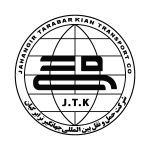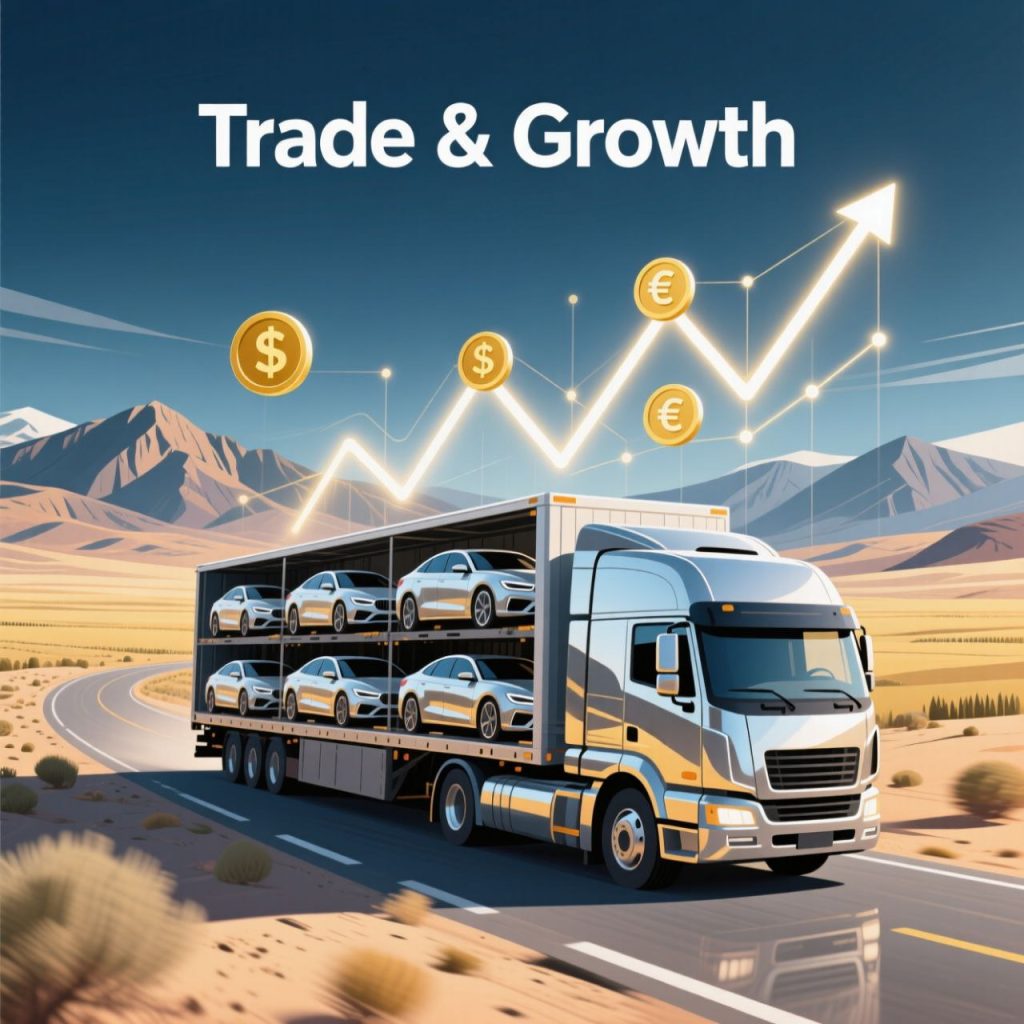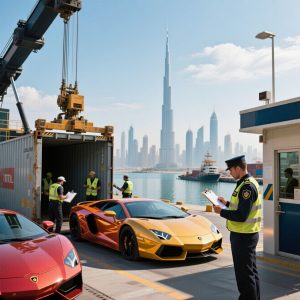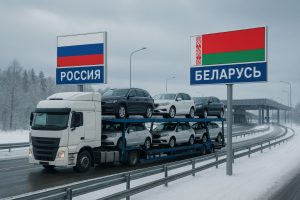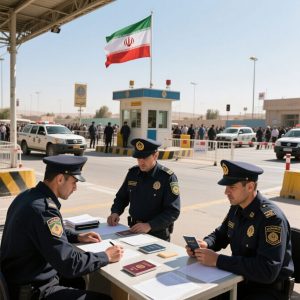Introduction
Car transportation in Central Asia is a crucial part of international trade. Due to geographical location, infrastructure conditions, and customs regulations, it presents both challenges and opportunities. This article explores the key obstacles and opportunities for vehicle transport companies in this region.
Challenges of Car Transport in Central Asia
- Inadequate Road and Rail Infrastructure
Many Central Asian countries still struggle with outdated roads and inefficient rail networks, increasing transportation costs and delivery times. - Complex Customs Regulations
Different customs rules in the region can delay vehicle clearance. High tariffs and frequent policy changes add further complications for transport companies. - Harsh Weather Conditions
Severe winters and hot summers in some Central Asian countries can cause road blockages due to ice or vehicle damage from extreme heat. - Security Risks and Theft
Some transport routes in this region face security threats, including theft and smuggling, requiring enhanced security measures.
Opportunities of Car Transport in Central Asia
- Growing Demand for Imported Vehicles
Countries like Kazakhstan, Uzbekistan, and Turkmenistan are developing, leading to increased demand for imported cars. This creates a valuable opportunity for transport companies. - Advancement in Trade and Transit Cooperation
New agreements among regional countries and simplified customs procedures enable faster and more cost-effective transport. - Investment in Infrastructure
Many governments in the region are improving road and rail infrastructure, making transport routes safer and more efficient. - Iran’s Growing Role in Regional Transit
Iran serves as a key route for international vehicle transport to Central Asia, helping reduce costs and speed up transportation.
Conclusion
While car transport in Central Asia faces challenges such as infrastructure issues, strict regulations, and extreme weather, opportunities like rising demand, enhanced regional cooperation, and infrastructure development make it a promising market. Jahangir Tarabar Kian International Transport Company makes the best use of these opportunities through proper planning and by utilizing optimal routes.
